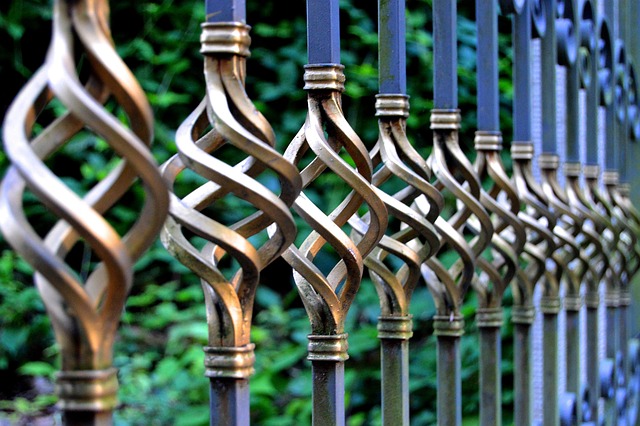For New Bedford, Massachusetts homeowners looking to enhance their outdoor spaces, installing a fence offers both privacy and security. This guide delves into the DIY process, empowering you to create a durable and aesthetically pleasing barrier tailored to your property. From understanding local regulations to selecting the right materials, measuring accurately, and mastering installation techniques, these tips ensure a successful project that adds value to your home.
- Understanding Your Fence Options for New Bedford Homes
- Measuring and Planning Your Fence Installation
- Essential Tools and Materials for the Job
- Step-by-Step Guide to DIY Fence Installation
Understanding Your Fence Options for New Bedford Homes
When considering DIY fence installation, New Bedford homeowners have a range of options to choose from, each with its own unique benefits and drawbacks. Wooden fences offer classic charm and can be customized with various styles and finishes, while vinyl fencing is low-maintenance and comes in an array of colors and designs. Chain link fences are versatile, providing security at a lower cost, but may not be the most aesthetically pleasing choice. Before starting your project, research local building codes and regulations to ensure you select a fence type that complies with these guidelines. Additionally, consider factors like climate, nearby vegetation, and desired level of privacy when making your selection.
Measuring and Planning Your Fence Installation
Before you start installing your new fence, careful planning and measurement are crucial steps in the DIY process. Begin by visualizing where your fence will be located, considering any existing structures or landscaping that might affect its placement. Take measurements of the perimeter you intend to fence, marking key points with flags or stakes. This step ensures your fence line is straight and true, which can save a lot of time and effort later on.
Creating a basic layout plan, even just a rough sketch, can help guide your installation process. Mark out any gates or entry points you want to include, as well as any specific design elements that will influence the fence’s construction. This planning phase is key to ensuring your New Bedford, Massachusetts backyard gets the beautiful and secure fence it deserves.
Essential Tools and Materials for the Job
When it comes to DIY fence installation, having the right tools and materials is half the battle won. For a typical New Bedford, Massachusetts project, you’ll need a robust set of tools including a tape measure, level, hammer, post-hole digger or shovel, and a drill with appropriate bits. These will help you measure, mark, excavate, and secure your fence posts accurately. Additionally, gather materials such as wooden or vinyl fence panels, posts, brackets, concrete for setting the posts, and fasteners like nails or screws. Ensure everything is of high quality to guarantee durability and longevity of your new fence.
Step-by-Step Guide to DIY Fence Installation
Starting a DIY fence installation is an exciting project for New Bedford homeowners looking to enhance their outdoor space. Begin by assessing your property line and obtaining any necessary permits from local authorities. Measure and mark the perimeter of your desired fence location, ensuring it aligns with your property boundaries. Next, choose the right materials suitable for your climate and aesthetic preferences—wooden posts and rails or vinyl fencing are popular choices.
Gather all the required tools, including post-hole diggers, hammers, levels, and a measuring tape. Dig holes for the fence posts at designated intervals, ensuring they are deep enough to support the weight of the fence. Install the posts securely using concrete, allowing it to set completely. Attach horizontal rails to the posts, creating a frame. Finally, secure panels or pickets to the rails, finishing your new fence and transforming your outdoor area.
